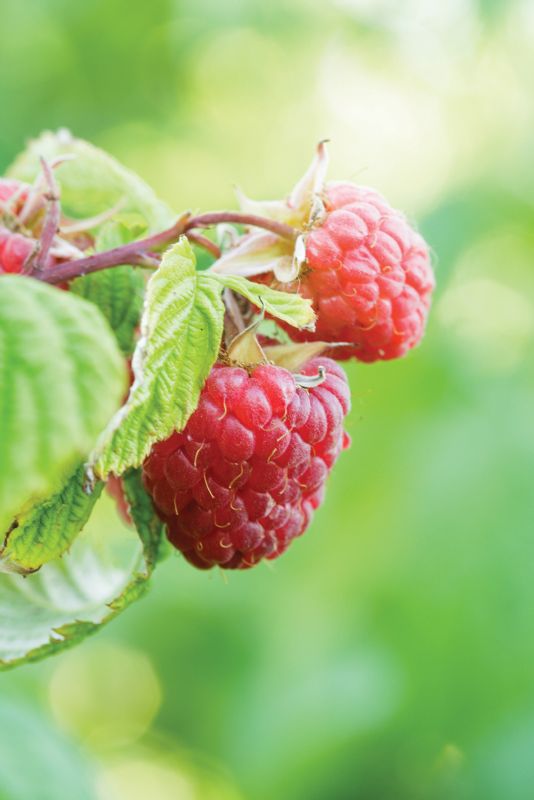- Home
- News, Articles & Reviews
We are hiring! Please click here to join our growing magazine delivery team in Gloucestershire!
Areas
Homes & Gardens
Archive

Keep plants well-watered during the warmer months
All Areas > Homes & Gardens > In the Garden
Author: Julia Smith, Posted: Sunday, 24th July 2016, 08:00
August at last – a month of sun and holidays for most of us with school-age children. Well, perhaps not so much of the sun! This is the month that the climbing beans you have planted need regular picking so as not to stop producing. If you are going away, entreat a neighbour or friend to come in and help themselves – and then they can water them as well! Pick any courgettes before you go, even if they are way too small, because they will be the size of marrows when you get back!
Put potted plants into a shady spot
Put any potted plants into a shady spot if you are away for a few days and, if you have one, stand in a paddling pool with an inch of water to keep them going.
It is the time to cut back summer-fruiting raspberry canes such as ‘Glen Ample or ‘Malling Admiral’, as their harvest should be over. Cut them down, flush with the soil to stop pests and diseases taking over and to promote new canes to grow.
Keep your tomatoes and peppers consistently moist throughout the growing season or the roots don’t absorb nutrients properly and can get blossom end rot (light brown spots appear at the flower end of the fruit). Only apply a liquid fertiliser when the soil is moist.
If you want some spinach to overwinter in your vegetable patch, late August is the time to sow it. Sow it in a spot in full sun and, before sowing, apply a general fertiliser like Growmore (100g per square metre) to give it a good start. Follow the directions on the packet for distances, etc.
Use insect netting to prevent butterflies laying eggs on leaves
The cabbage white butterfly caterpillar is often a nuisance on the vegetable plot in August. It feeds on cabbages as well as nasturtiums, sprouts, turnips and swedes! You can use insect netting to prevent the butterflies laying the eggs on the underside of the leaves, or you can remove them by hand.
Now is also the time to prune established fruit cordons, espaliers and fans to help restrict growth, maintain the shape of the tree and promote next year’s fruiting spurs. With clean, sharp secateurs, shorten new shoots growing from the trunk or main stems to three leaves. Prune sideshoots growing from established lateral branches to one leaf. Ordinary fruit trees are pruned in the dormant season.Other Images
Copyright © 2025 The Local Answer Limited.
Unauthorized use and/or duplication of this material without express and written permission from this site's author and/or owner is strictly prohibited. Excerpts and links may be used, provided that full and clear credit is given to The Local Answer Limited and thelocalanswer.co.uk with appropriate and specific direction to the original content.More articles you may be interested in...


© 2025 The Local Answer Limited - Registered in England and Wales - Company No. 06929408
Unit H, Churchill Industrial Estate, Churchill Road, Leckhampton, Cheltenham, GL53 7EG - VAT Registration No. 975613000You are leaving the TLA website...
You are now leaving the TLA website and are going to a website that is not operated by us. The Local Answer are not responsible for the content or availability of linked sites, and cannot accept liability if the linked site has been compromised and contains unsuitable images or other content. If you wish to proceed, please click the "Continue" button below:




